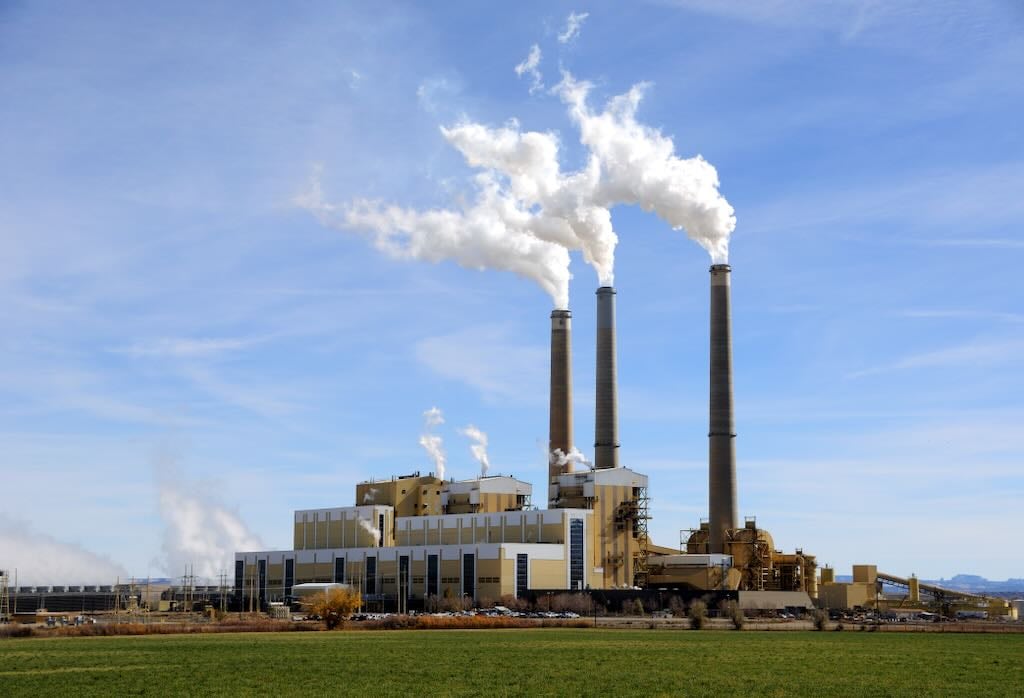Driving into the office used to be a normal part of the workday. Sipping coffee from a travel mug and turning up the radio or audiobook while sitting in bumper-to-bumper traffic was a daily ritual.
The COVID-19 pandemic changed that, and now many employees and companies are embracing remote and hybrid work. And that can sharply reduce their carbon footprints.
Cornell and Microsoft researchers found in a recent study published in the journal PNAS that switching from working on-site to working remotely five days a week led to a 54% reduction in a worker’s employment-related carbon footprint.
Surprisingly, they also found that emissions were only reduced by 2% when people worked from home one day a week and commuted the other four days. Hybrid workers who worked from home for two to four days cut their emissions between 11 and 29%.
How the Pandemic Changed Work Norms
Only 7% of people worked from home in 2019, according to a 2023 study in the Journal of Economic Perspectives. The raging pandemic forced some quick innovations, and during June 2020, 42% of U.S. workers were working from home full-time, according to a policy brief published by the Stanford Institute for Economic Policy Research. At the time, brief author Nicholas Bloom noted, “working from home is here to stay, but post-pandemic will be optimal at about two days a week.”

In 2023, 59% of U.S. workers make a daily commute to work and 12% work from home full-time. Just 33% of contract and gig workers are on-site full-time, along with just 25% of the self-employed.
Meanwhile, hybrid working arrangements are now reality for 29% of U.S. workers, according to Bloom and his research team. These workers split their schedules between working from a company site and home, though the number of days worked from each location can vary.
Matthew Kahn is a professor of economics at the University of Southern California and the author of “Going Remote: How the Flexible Work Economy Can Improve Our Lives and Our Cities.” He says not every career can be done from home, but some professions are adapting to incorporate telecommuting options.
“A dentist cannot work from home,” Kahn says. But “many college-educated people have majored in fields such that they can work from home: professors, writers, lawyers. There are more and more occupations—even doctors can do some remote medicine using improvements in technology. So more and more college-educated people are eligible to work from home.”

The Carbon Footprint of Working
The PNAS study focused on data from Microsoft and other sources, using company data along with other, broader surveys to examine five elements of work. It compared them among people who work fully remotely, fully in-office, and those who work in hybrid arrangements. The authors looked at information and communication technology, office and home energy use, multi-mode commuting, and non-commute travel.
The study focused on employees living in a large city with a variety of decent mass transit options. The authors noted that results may not translate to other locations in the U.S. or other countries.
Why did workers who spent just one day a week at home have a negligible reduction of only around 2% in their carbon footprint?
The authors cited factors like home energy use and non-commute travel, which can both generate carbon pollution. Office buildings may have centralized and highly efficient systems for HVAC, appliances, and tech equipment like printers and routers, whereas many home systems and equipment are energy gluttons.
Also, offices where employees are present four days a week can’t usually offer efficiencies like shared desks and common spaces available when people come in two or three days a week. The PNAS study’s authors found “seat sharing”—when workers with different schedules share a workspace—can reduce climate pollution by 28%.
“The main reason is that when someone is working only one day a week at home, the office space is likely still there,” says Cornell University engineering professor Fengqi You, one of the study authors. “It is unlikely the person will share office space with others because the employee is using the office space for 80% of the week.”
Remote Workers Take More Trips
Although remote workers may not drive to get to their jobs, the PNAS study found they took 1.6 times as many trips as people who worked in person. These trips included visiting friends and family members, engaging in recreational activities and exercise, and obtaining health care. The authors found that this type of non-commute travel is a significant part of the carbon footprint of remote workers (79%), a smaller portion for those who are hybrid (30-50%), and only 31% for those who work fully on-site.
Commute Type Makes a Difference
People who do not have to commute every day may move farther from their workplace, which could potentially increase carbon pollution on the days they do have to go into work.
On the other hand, some of those workers may move to neighborhoods with newer construction and rooftop solar panels that can be used to charge clean electric vehicles—especially in places like California where solar and EV adoption is taking off.
Using public transit is another way to reduce the carbon footprint of commuting, along with ride-sharing, biking, and other forms of low-carbon transportation. Fewer vehicles traveling during rush hour also reduces gridlock, boosting fuel economy for the cars on the road.
But public transit ridership in the U.S. fell during the pandemic, with ridership returning to only 70% of May 2019 levels in May 2023, according to Bloom and colleagues’ Journal of Economic Perspectives article.
A Safer Place
Kahn noted an additional potential climate benefit of working from home: When people don’t commute daily, they may choose to live where there are fewer climate-related hazards. For example, he says a company in Miami that doesn’t require workers to go on-site every day could employ people who live farther from flood zones.
“It also helps us to adapt to emerging risks and allows work-from-home workers greater freedom and autonomy, to be free to choose where they want to live given their conception of the good life as we face greater climate risks,” Kahn says.
All in all, it looks like remote work is here to stay.
“Many firms and workers didn’t know how much they valued work-from-home until they tried it in 2020. And we sort of discovered how much we can work and have more personal autonomy and freedom in our lives,” Kahn says.












